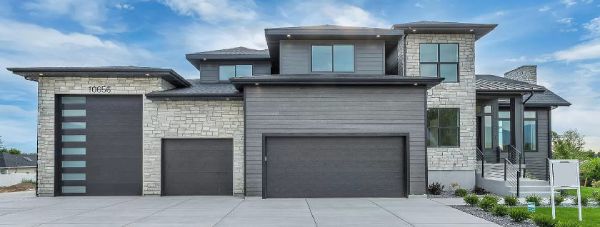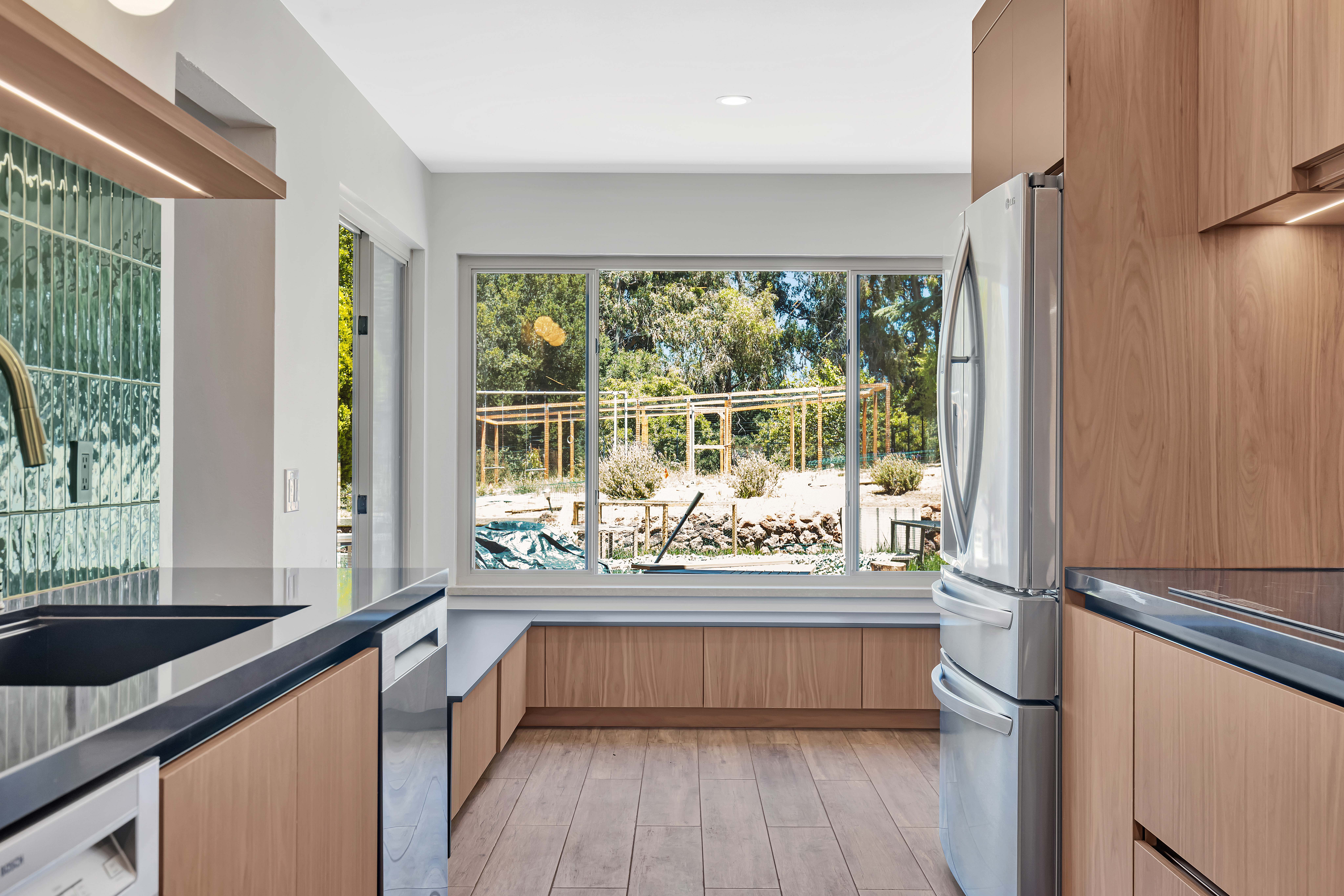When it comes to home renovations, the kitchen is often considered one of the most valuable rooms to remodel. A well-planned and executed kitchen remodel can significantly increase the value of your home, making it a worthwhile investment for many homeowners. But just how much value can a kitchen remodeling project add to your property? In this comprehensive guide, we’ll explore the impact of kitchen remodels on home value, the factors that influence ROI, and strategies for maximizing the return on your investment.
The Impact of Kitchen Remodels on Home Value
According to Remodeling Magazine’s 2023 Cost vs. Value Report, kitchen remodels can provide a substantial return on investment (ROI) for homeowners. The report analyzed three different types of kitchen remodels and their impact on home value:
- Minor Kitchen Remodel:
Average Cost: $28,279
Average Resale Value: $20,125
ROI: 71.2% - Midrange Major Kitchen Remodel:
Average Cost: $80,809
Average Resale Value: $45,370
ROI: 56.1% - Upscale Major Kitchen Remodel:
Average Cost: $158,015
Average Resale Value: $83,025
ROI: 52.5%
These figures show that kitchen remodels can provide a significant return on investment, with minor remodels offering the highest ROI at 71.2%. However, it’s important to note that the exact ROI can vary widely depending on factors such as the homeowner’s location, the specific upgrades made, and the current real estate market conditions.
To put these numbers into perspective, let’s consider a hypothetical scenario. Imagine you purchased a home for $300,000 and invested $28,279 in a minor kitchen remodel. If the remodel increased your home’s value by 71.2% of the remodel cost, or $20,125, your home would now be worth approximately $320,125. While this is a simplified example, it illustrates the potential impact a kitchen remodel can have on a home’s value.
Factors That Influence Kitchen Remodel ROI
Several key factors can impact the return on investment for a kitchen remodel:
Location
The local real estate market plays a significant role in determining the ROI of a kitchen remodel. Certain regions, such as the Mountain states, have historically seen higher ROIs for minor kitchen remodels compared to other parts of the country. This is likely due to a combination of factors, including the cost of living, the demand for updated kitchens, and the overall strength of the local housing market.
Remodel Costs
Generally, smaller kitchen remodels tend to have higher ROIs than larger, more extensive projects. This is because the returns start to diminish after a certain cost threshold is reached. For example, upgrading appliances, countertops, and cabinets may provide a higher ROI than completely gutting and rebuilding the entire kitchen. It’s important to strike a balance between your desired upgrades and your budget to maximize the potential return on your investment.
Upgrades
The specific upgrades made during the remodel can also affect the ROI. Remodeling efforts that focus on universal design features and appeal to a wide range of buyers tend to have higher returns than highly customized or specialized kitchen designs. For instance, installing energy-efficient appliances, adding ample storage space, and creating an open floor plan are upgrades that can appeal to a broad range of potential buyers.
Condition of the Existing Kitchen
If the existing kitchen is outdated, poorly designed, or in need of significant repairs, a remodel can provide a more substantial increase in home value compared to a kitchen that is already in good condition. Homebuyers are often willing to pay a premium for a move-in-ready kitchen that requires minimal work, making a remodel a worthwhile investment in this scenario.
Maximizing the ROI of a Kitchen Remodel
To ensure that you get the most value out of your kitchen remodel, consider the following strategies:
Focus on Essential Upgrades
Prioritize upgrades that have the biggest impact on functionality and appeal, such as replacing outdated appliances, updating countertops, and installing new cabinetry. These essential upgrades can significantly improve the look and feel of your kitchen without breaking the bank.
Avoid Overspending
While it’s tempting to go all-out with high-end finishes and custom features, it’s important to strike a balance between your desired upgrades and your budget. Overspending on a kitchen remodel can lead to diminishing returns, as the additional cost may not be fully reflected in the home’s resale value.
Emphasize Universal Design
When planning your remodel, consider features that will appeal to a wide range of potential buyers, such as open floor plans, ample storage, and energy-efficient appliances. These universal design elements can help your kitchen stand out in the market and attract more interested buyers.
Refurbish Instead of Replace
In some cases, it may be more cost-effective to refurbish existing kitchen elements, such as refinishing cabinets or resurfacing countertops, rather than replacing them entirely. This approach can save money while still providing a fresh, updated look to your kitchen.
Time the Remodel Strategically
If possible, try to complete your kitchen remodel during a time when the local real estate market is strong and buyer demand is high, as this can maximize the potential return on your investment. Consult with a local real estate agent to determine the best time to list your home after the remodel is complete.
Financing a Kitchen Remodel
Financing a kitchen remodel can be a significant investment, but there are several options available to homeowners:
Home Equity Loan or Line of Credit
Tapping into the equity in your home can provide a low-interest source of funding for your kitchen remodel. This option is often preferred because the interest paid on a home equity loan or line of credit may be tax-deductible, depending on your specific situation.
Personal Loan
A personal loan can be a viable option for financing a kitchen remodel, especially if you don’t have enough equity in your home. Personal loans typically have fixed interest rates and repayment terms, making them easier to budget for than credit cards.
Credit Cards
While not the most ideal option, credit cards can be used to finance a kitchen remodel, particularly for smaller projects or unexpected expenses. However, it’s important to carefully consider the interest rates and repayment terms associated with credit cards, as they can quickly add up and negate the potential return on your investment.
Savings
If possible, using your own savings to fund a kitchen remodel can help you avoid taking on additional debt and maximize the potential return on your investment. This approach may require more planning and budgeting, but it can ultimately save you money in the long run.
Remodeling your kitchen can be a significant investment, but it can also provide a substantial return on that investment when it comes time to sell your home. By understanding the factors that influence kitchen remodel ROI, and by focusing on essential upgrades that appeal to a wide range of buyers, homeowners can maximize the value that a kitchen remodel adds to their property.





